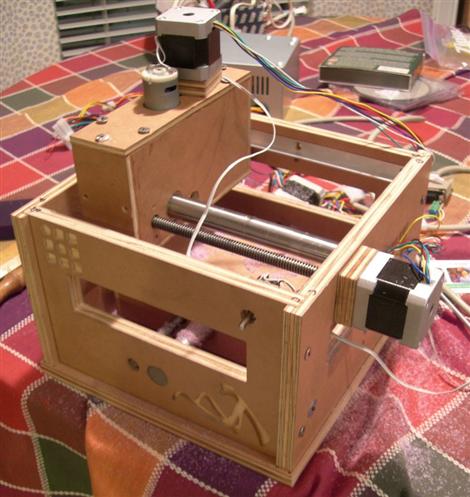[youtube=http://www.youtube.com/watch?v=vZf3lo-16wQ]
Researchers at MIT have come up with this slick demo of, what they call, programmable matter. This flat sheet covered in tiny foil actuators can be programmed to fold into specific shapes. Shown in the video above is a boat and an airplane. Using the concepts set down by origami through the years, they can divide the sheet into triangles in specific arrangements to make certain shapes possible. This one is fairly simple, but judging by some of the insane origami we’ve seen around, this could get pretty cool.
[via slashdot]












